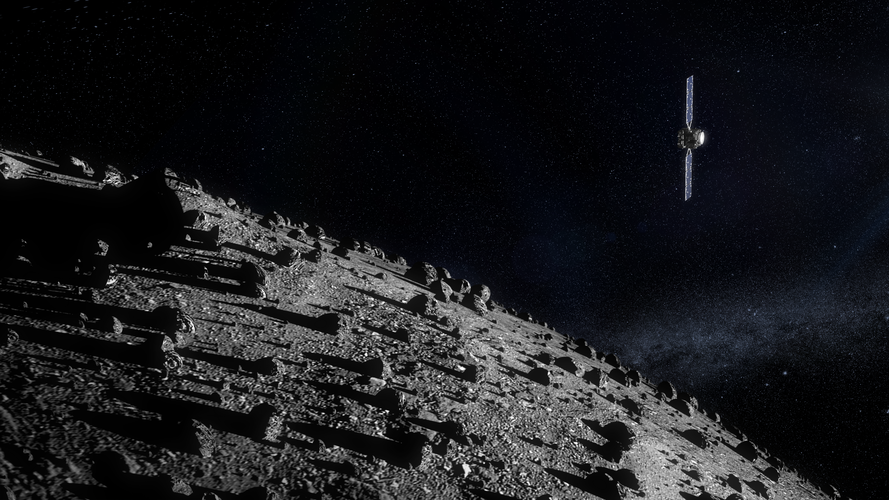
“Its main data source will be its main Asteroid Framing Camera, whose images are being used both for science and navigation,” adds Jesus. “These images will be combined with other inputs to make a robust estimate of its position, notably the mission’s PALT-H laser altimeter, which bounces down laser pulses to the asteroid’s surface, as well as inertial sensors. This GNC system is designed to be operated manually from the ground initially, but once Hera’s CubeSats are deployed, autonomous navigation will be needed to fulfil core mission objectives.”
During proximity operations, Hera will keep Didymos framed in its camera as an overall reference point, detecting the contrast between the asteroid’s edges and the deep space around it. The detected shape will be compared with a predicted spherical model. Later on, when the spacecraft comes closer than about 10 km from Didymos and more than 2 km above Dimorphos, an image processing technique called ‘centre of brigthness’ will be used, focused on the average position of Sun-illuminated pixels, due to the smaller asteroid's complex and uncertain shape.



